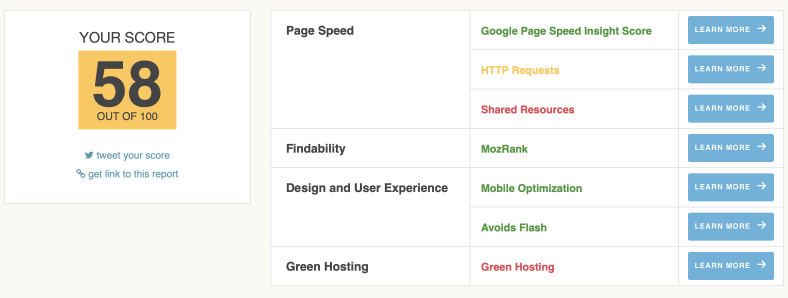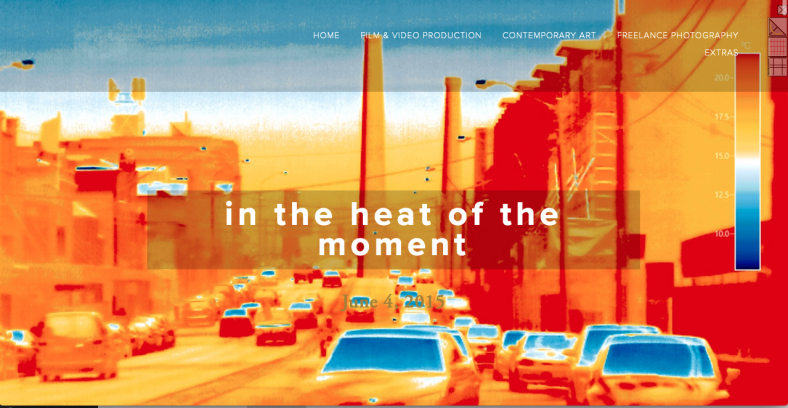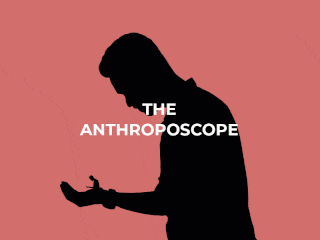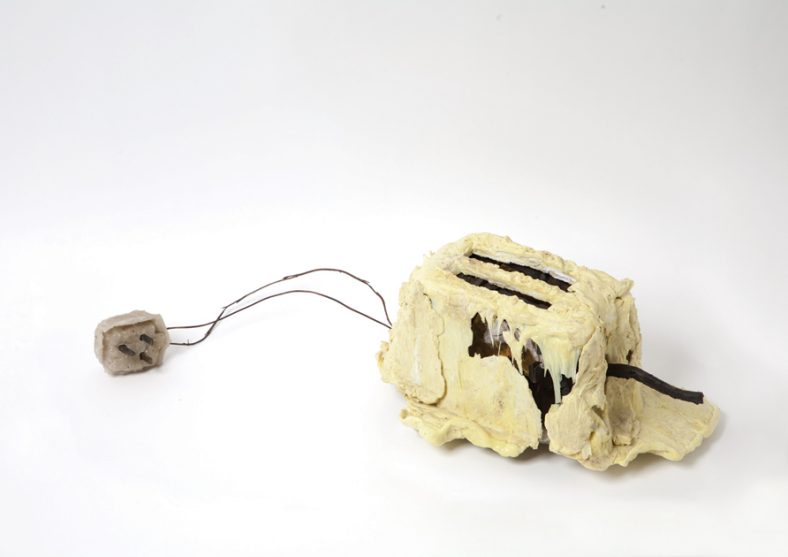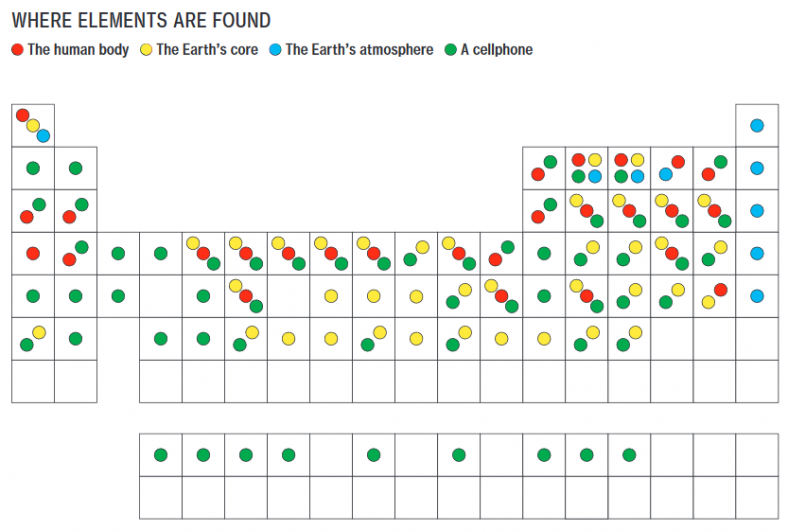We have gone from AFK/BRB culture to being always online. Being in privileged places, we are getting used to high quality fast streaming of video and music, uploading and viewing content on the phone as we go and getting annoyed with even a 3 seconds of delay or lag. The gaming industry is also moving towards being stream based. And all workspaces are also moving all their work databases and documents to live on the cloud. Which means our banking, health and all big sectors depend on it. Underprivileged countries are also getting rapid access to 4G and cheaper smartphones. 5G is just around the corner and ”some experts predict that 5G will offer up to 600x times faster internet speeds compared to 4G.”[1] That will have insane repercussions on how we consume digital services.
The word ’cloud’ has a light connotation to it, it puts a picture of a breeze in our heads and it seems all this data is just calmly floating around. But these floating clouds are really big data centres with giant wires and computers connected together running on extremely high amounts of electricity, which need a lot of cooling and air-conditioned to not get overheated. ”Data centres globally consume more than 400 terawatt hours of electricity each year, which equals approximately two percent of the worldwide energy consumption.”[2] Why this is really important to think about is that these numbers are only going to increase with time. Our phones and devices get more and more high definition, there are new apps which are set into youth culture like TikTok and Fortnite, Bitcoin itself is using up more electricity than some countries combined, I already mentioned 5G… seems there is no going back.
But there is some hope as well. Since 2016, there has been a positive trend in some of these data centres(for example the ones by Google and Facebook) to reduce the carbon footprint. Strategies include using 100% renewable energy to power the centre, using piped water instead of air-conditioning to prevent heating, coming up with innovative hardware and software strategies for power usage optimisations(these optimisations have already found techniques reducing emissions by 25%[3]). There is also a trend to move data centres to cold countries like Finland. And more interesting strategies in cold countries to capture this heat and use it to heat neighbourhood area houses. Yet these green data centres are still in minority, new centres are being planned in Asia which do not take these into accounts, there is room for a lot for optimisations and efficiency increase. We desperately need shared knowledge and strict regulation for these data centres worldwide and try to curb their thermaculture as much and as soon as possible!
Consumers need to start thinking and discussing about their personal data storage and usage hygiene as well.
References and further reads-
[2] https://www.telia.fi/business/article/data-centres-are-a-forgotten-source-of-emissions
[3] https://www.nature.com/articles/d41586-018-06610-y
https://e360.yale.edu/features/energy-hogs-can-huge-data-centers-be-made-more-efficient



